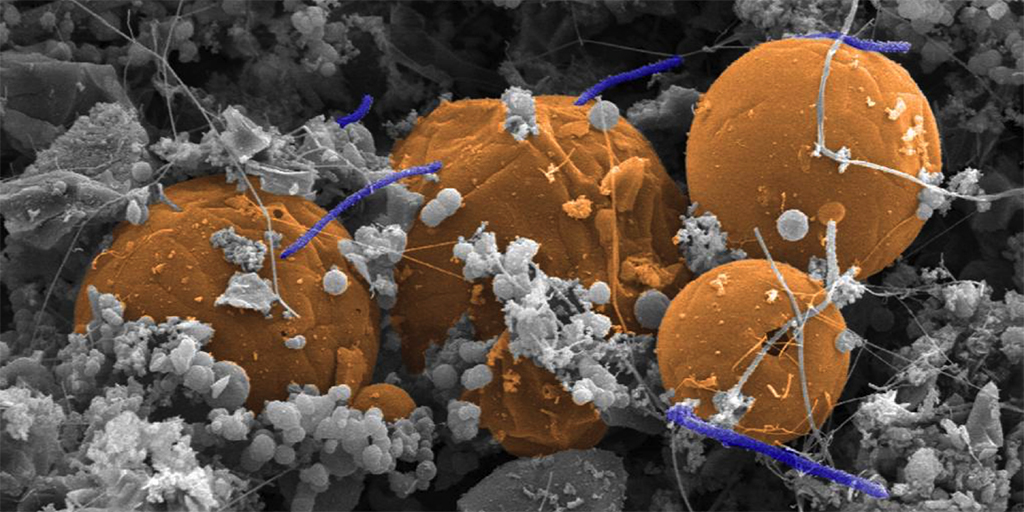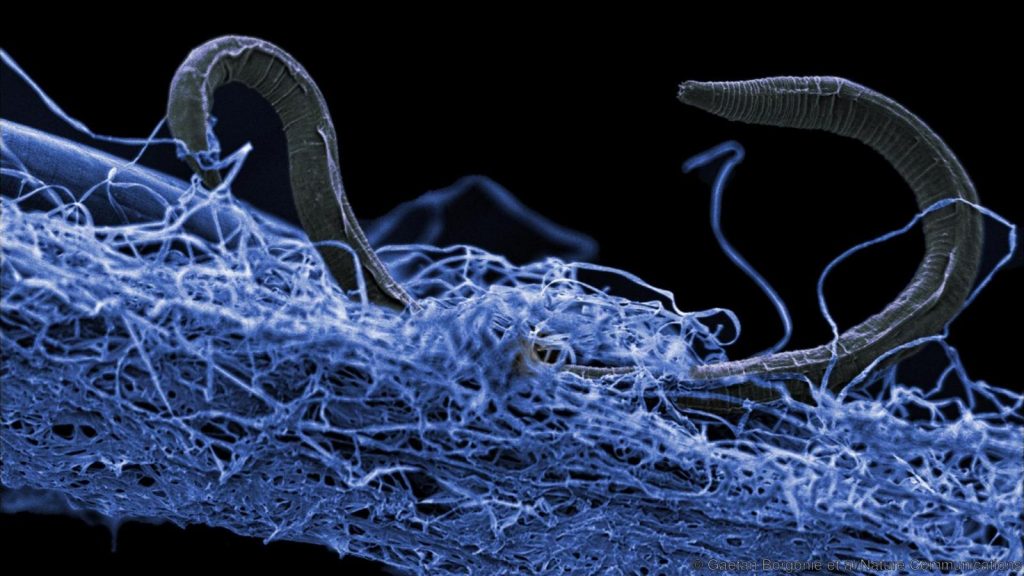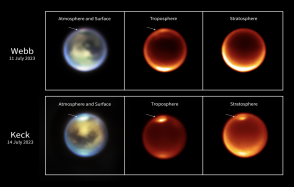Almost three quarters of terrestrial microbes hide in deep rock
Hundreds of international researchers who are members of the Deep Carbon Observatory, including Bénédicte Ménez and Emmanuelle Gérard from the Institut de Physique du Globe de Paris, published the sum total of their work on 10 December at the AGU 2018, estimating that deep life would represent a mass of 15 to 23 billion tonnes of carbon, several hundred times more than that of 7 billion human beings.

Publication date: 18/12/2018
Press, Research
Related teams :
Lithosphere Organosphere Microbiosphere (LOMs)
Related themes : Origins









